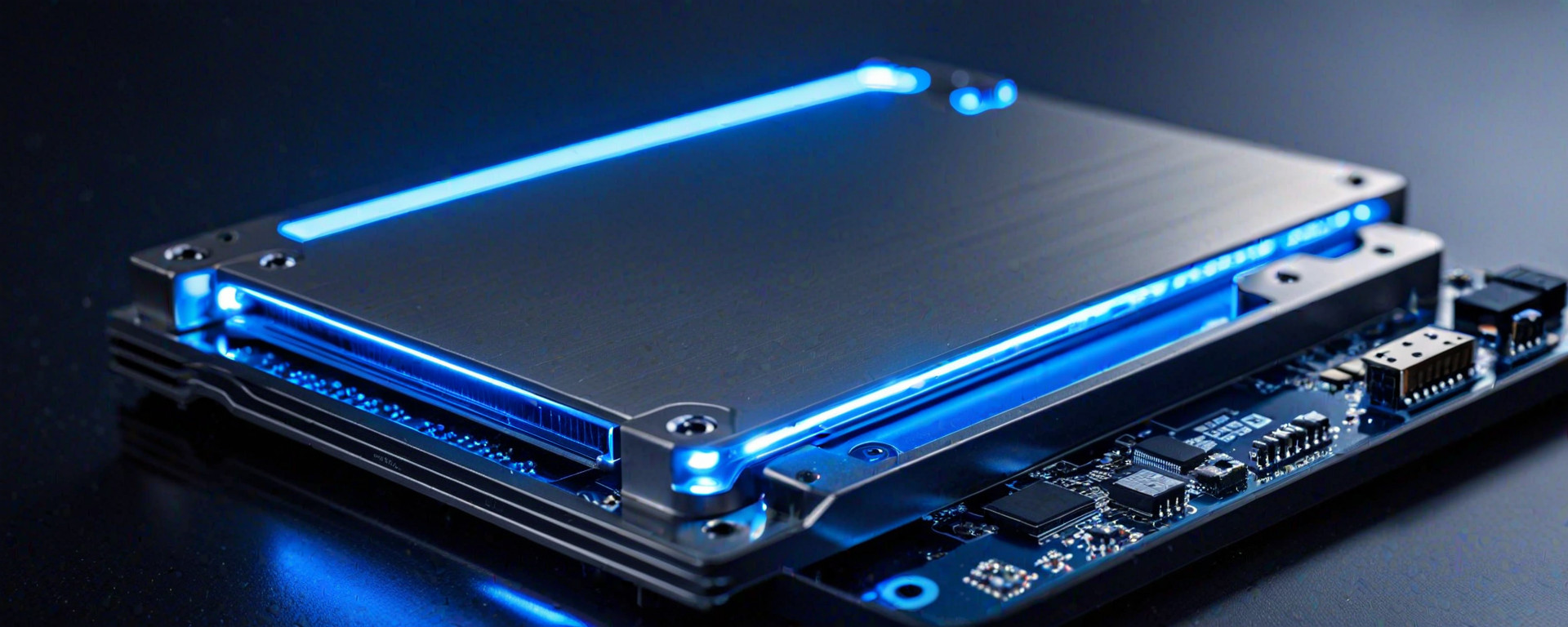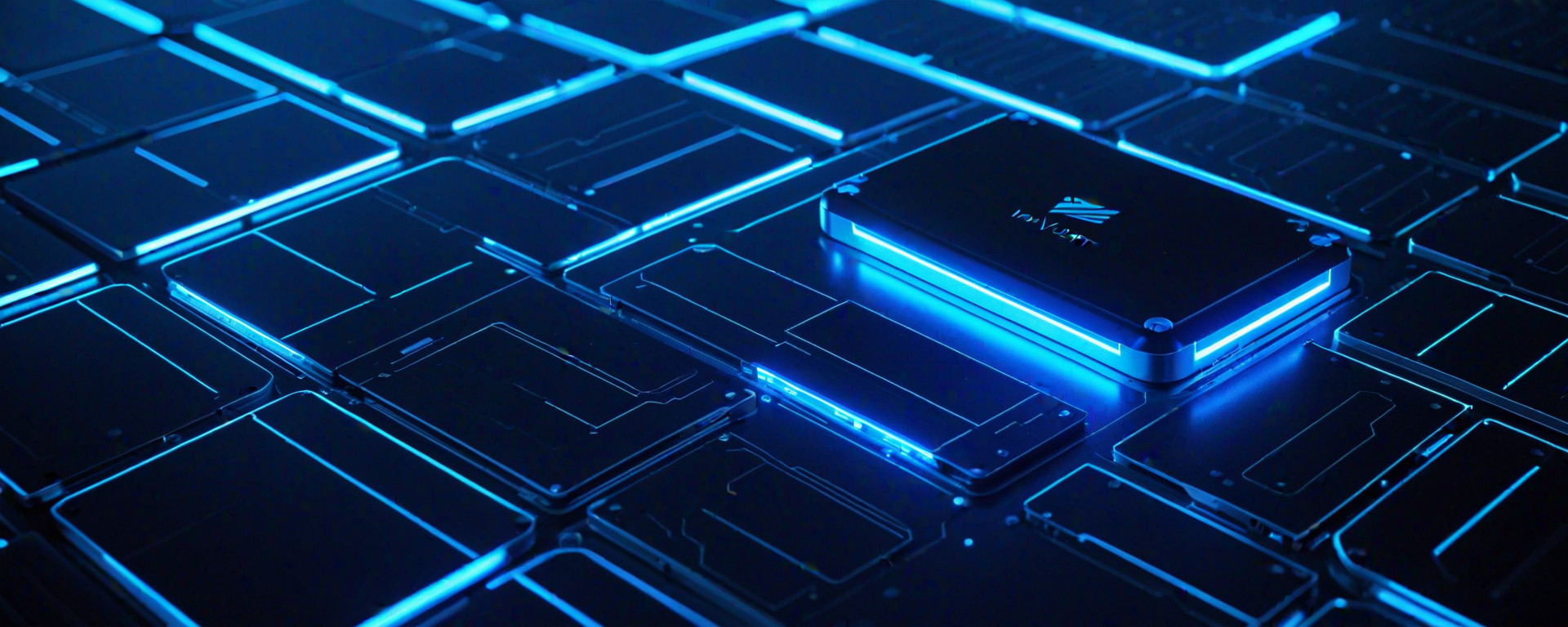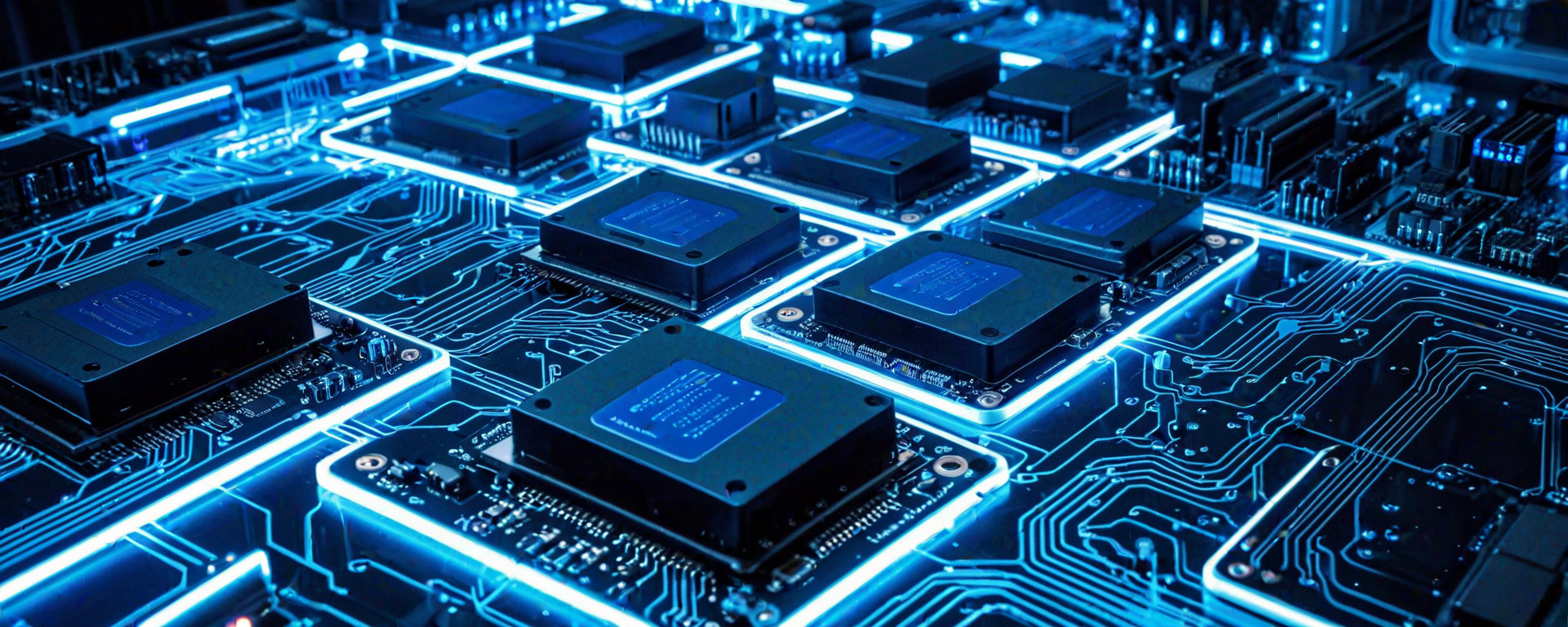Introduction
When your computer starts to lag, slow down, or take longer than usual to boot up, it can be frustrating and a hindrance to productivity. One of the most straightforward and effective ways to improve your PC's performance is by upgrading its storage system. This article delves into why upgrading your storage is an essential step towards achieving a faster, more responsive computing experience.
Storage upgrades not only enhance speed but also increase efficiency in various aspects such as boot times, application launches, and data transfer rates. By choosing the right type of storage solution for your needs, you can significantly boost your computer's overall performance without breaking the bank or requiring extensive technical expertise.
Types of Storage Solutions
SSD vs. HDD
Solid-state drives (SSDs) and hard disk drives (HDDs) are two primary types of storage technologies available in today's market. While both serve the same purpose, they differ significantly in terms of performance, durability, and cost.
- SSD: SSDs utilize flash memory to store data, offering faster read/write speeds compared to traditional HDDs. They are also more resistant to physical shocks and have no moving parts, making them ideal for portable devices or environments with high vibration levels.
- HDD: HDDs use spinning disks and mechanical arms to read and write data. While they offer larger storage capacities at a lower cost per gigabyte, their performance is generally slower due to the physical limitations of moving parts.
NVMe SSDs
Next-generation NVMe (Non-Volatile Memory Express) SSDs represent the cutting edge in solid-state drive technology. Designed specifically for high-speed data transfer over PCIe interfaces, NVMe SSDs deliver unparalleled performance by eliminating bottlenecks associated with traditional SATA-based drives.
- Advantages: Higher throughput and lower latency compared to standard SSDs make NVMe SSDs ideal for power users who require rapid access times and sustained high-speed data transfers.
- Disadvantages: The increased performance comes at a higher cost, making them less suitable for budget-conscious consumers or those with moderate storage needs.
Alternative Products: SATA SSDs vs. NVMe SSDs
| SATA SSD | NVMe SSD | ||||
|---|---|---|---|---|---|
| Data Transfer Rate (Sequential Read) | Up to 560MB/s | Up to 3200MB/s | |||
| Data Transfer Rate (Sequential Write) | Up to 510MB/s | Up to 2400MB/s | |||
| IOPS (Random Read/Write) | Up to 98K IOPS | Up to 360K IOPS | Latency | Average of 0.1ms | Average of 25µs |
| Price (per GB) | $0.30 - $0.40 per GB | $0.60 - $1.00 per GB | |||
| Form Factor Compatibility | M.2, 2.5", and larger form factors | M.2 only (PCIe Gen3 x4 or NVMe) |
Pros and Cons of SATA SSDs vs. NVMe SSDs
SATA SSD Pros:
- Affordable for large storage capacities.
- Widely compatible with various form factors, including older systems.
- Lower power consumption compared to NVMe SSDs.
NVMe SSD Cons:
- Higher cost per gigabyte.
- Limited compatibility; requires modern motherboards and PCIe slots.
- Higher energy consumption due to faster data transfer rates.
HDD vs. NVMe SSD
| HDD | NVMe SSD | |
|---|---|---|
| Data Transfer Rate (Sequential Read) | Up to 210MB/s | Up to 3200MB/s |
| Data Transfer Rate (Sequential Write) | Up to 140MB/s | Up to 2400MB/s |
| IOPS (Random Read/Write) | Up to 90 IOPS | Up to 360K IOPS |
| Latency | Average of 5ms | Average of 25µs |
| Price (per GB) | $0.10 - $0.30 per GB | $0.60 - $1.00 per GB |
| Form Factor Compatibility | 2.5", 3.5", and larger form factors | M.2 only (PCIe Gen3 x4 or NVMe) |
Pros and Cons of HDD vs. NVMe SSD
HDD Pros:
- Affordable for large storage capacities.
- Widely compatible with various form factors, including older systems.
NVMe SSD Cons:
- Higher cost per gigabyte.
- Limited compatibility; requires modern motherboards and PCIe slots.
- Higher energy consumption due to faster data transfer rates.
Real-World Scenarios: Choosing the Right Drive
Scenario 1: Budget-Conscious Consumer
- Recommendation: Opt for a SATA SSD or large-capacity HDD depending on specific needs.
- Rationale: Cost-effective solution with adequate performance and compatibility.
Scenario 2: High-Performance Workstation
- Recommendation: Invest in an NVMe SSD for rapid data access times and sustained high-speed transfers.
- Rationale: Enhanced productivity benefits outweigh the higher cost.
Future Trends: Emerging Storage Technologies
Solid State Hybrid Drives (SSHDs)
- Mixture of traditional HDD and SSD technology for balance between capacity and performance.
3D XPoint Memory
- Potential successor to NAND flash with significantly higher endurance and faster speeds.
Troubleshooting Common Issues with Solid State Drives (SSDs)
Issue: Slow Performance Over Time
- Solution: Use manufacturer-provided tools to optimize drive settings, such as TRIM and garbage collection.
- Rationale: Maintains optimal performance by ensuring efficient data management.
Issue: Drive Failing SMART Tests
- Solution: Backup all critical data immediately and consider replacing the drive if errors persist.
- Rationale: Prevents potential data loss from catastrophic failure.
Conclusion
The choice between HDD, SATA SSD, and NVMe SSD ultimately depends on your specific needs, budget constraints, and intended use case. Understanding the trade-offs involved in each option will help you make an informed decision that maximizes performance while staying within financial limits.
This structured format provides a comprehensive analysis of solid state drives (SSDs) compared to traditional hard disk drives (HDDs), including real-world scenarios and future trends, ensuring readers can confidently choose the best storage solution for their needs.








